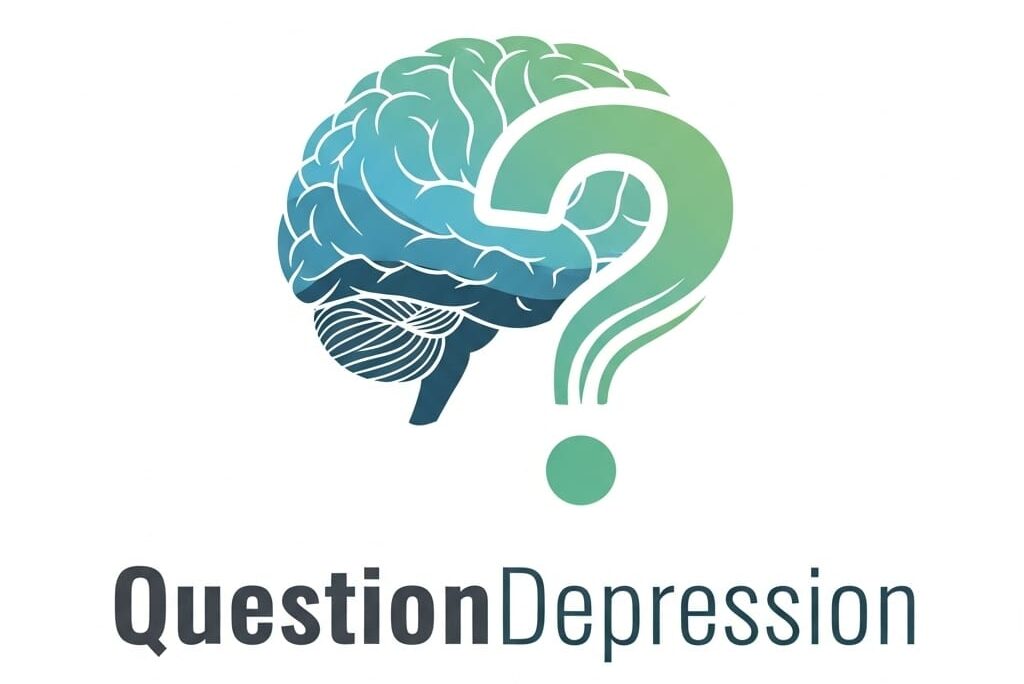DBT has one main goal: to help people build a life they feel is worth living, even in the face of intense emotional pain.
Those key goals can be broken down into a few pillars:
- Mindfulness
-
- Being fully present in the moment without judgment.
-
- Helps people observe and experience their thoughts and feelings without getting flooded by them.
- Distress tolerance
-
- Building skills to tolerate pain and crises without making things worse (like self-harming, drinking, or lashing out).
-
- It aims to establish coping strategies, such as distraction, self-soothing, and radical acceptance.
- Emotion regulation
-
- Learning to understand, name, and manage strong emotions.
-
- Techniques include recognizing triggers, increasing positive emotions, and shrinking emotional vulnerability.
- Interpersonal effectiveness
-
- Teaching how to communicate needs, set boundaries, and maintain relationships while still respecting oneself and others.
-
- It’s about assertiveness, negotiating, and saying “no” in a healthy way.
What makes DBT unique is the word “dialectical.” It’s about balancing two seemingly opposite ideas: acceptance and change.
Clients are persuaded to accept themselves as they are while also working hard to change behaviors that aren’t helping in DBT.
Join our forum and Facebook
Please consider joining our forum and Facebook if you enjoyed reading this and would like to chat with like-minded peers about anything depression related.
It would certainly go a long way toward making my dream of creating a thriving, supportive community a reality!

